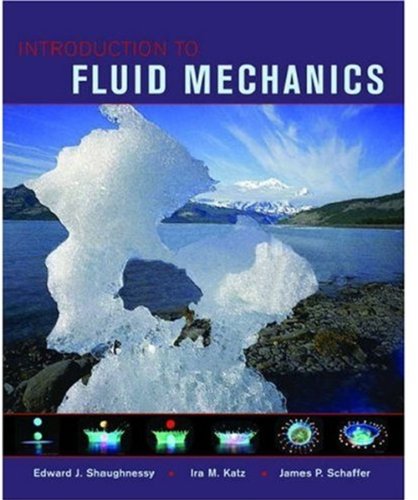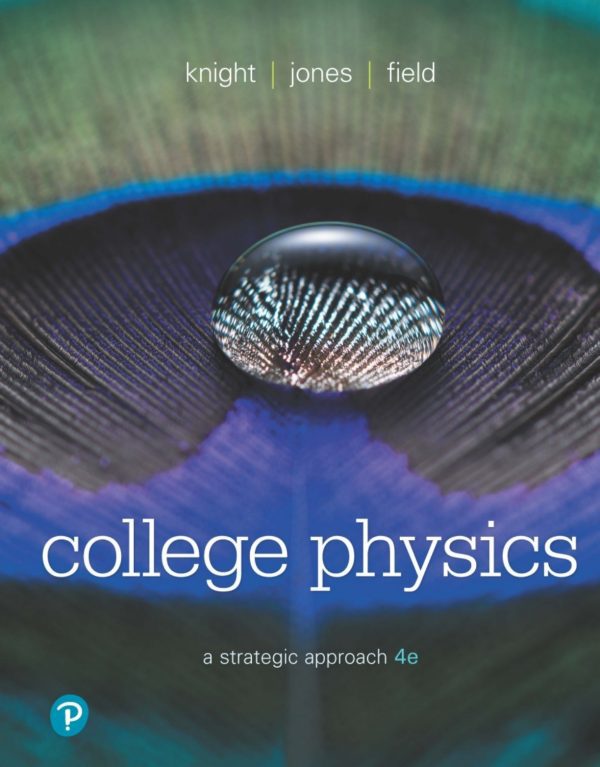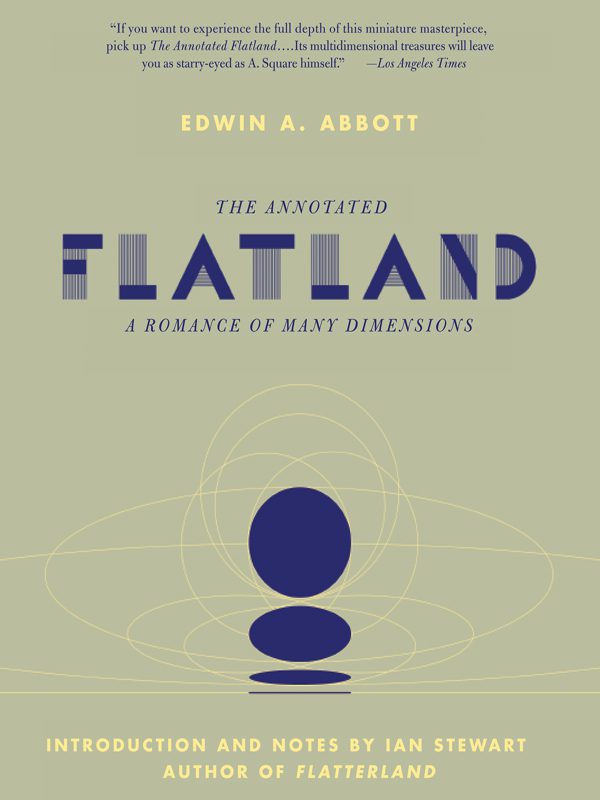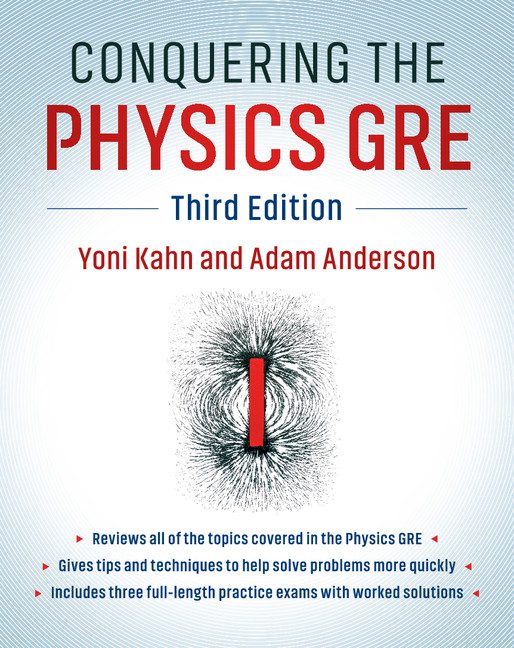Edward J. Shaughnessy Jr., Ira M. Katz, James P. Schaffer0195154517, 9780195154511
Table of contents :
CONTENTS……Page 6
PREFACE……Page 14
1 FUNDAMENTALS……Page 16
1.1 Introduction……Page 18
1.2 Gases, Liquids, and Solids……Page 29
1.3 Methods of Description……Page 37
1.4 Dimensions and Unit Systems……Page 44
1.5 Problem Solving……Page 49
1.6 Summary……Page 50
Problems……Page 51
CHAPTER 2 Fluid Properties……Page 57
2.2 Mass, Weight, and Density……Page 58
2.3 Pressure……Page 66
2.4 Temperature and Other Thermal Properties……Page 79
2.5 The Perfect Gas Law……Page 85
2.6 Bulk Compressibility Modulus……Page 88
2.7 Viscosity……Page 95
2.8 Surface Tension……Page 100
2.9 Fluid Energy……Page 108
2.10 Summary……Page 112
Problems……Page 114
3.1 Introduction……Page 118
3.2 Common Dimensionless Groups in Fluid Mechanics……Page 120
3.3 Case Studies……Page 129
3.4 Summary……Page 155
Problems……Page 156
4.1 Introduction……Page 161
4.2 Classification of Fluid Forces……Page 163
4.3 The Origins of Body and Surface Forces……Page 164
4.4 Body Forces……Page 167
4.5 Surface Forces……Page 175
4.6 Stress in a Fluid……Page 193
4.7 Force Balance in a Fluid……Page 202
4.8 Summary……Page 205
Problems……Page 206
5.1 Introduction……Page 212
5.2 Hydrostatic Stress……Page 214
5.3 Hydrostatic Equation……Page 216
5.4 Hydrostatic Pressure Distribution……Page 225
5.5 Hydrostatic Force……Page 248
5.6 Hydrostatic Moment……Page 267
5.7 Resultant Force and Point of Application……Page 282
5.8 Buoyancy and Archimedes’ Principle……Page 284
5.9 Equilibrium and Stability of Immersed Bodies……Page 290
5.10 Summary……Page 293
Problems……Page 295
6.1 Introduction……Page 314
6.2 The Fluid Velocity Field……Page 315
6.3 Fluid Acceleration……Page 327
6.4 The Substantial Derivative……Page 334
6.5 Classification of Flows……Page 335
6.6 No-Slip, No-Penetration Boundary Conditions……Page 351
6.7 Fluid Transport……Page 352
6.8 Average Velocity and Flowrate……Page 373
6.9 Summary……Page 378
Problems……Page 380
7.1 Introduction……Page 390
7.2 Basic Concepts: System and Control Volume……Page 391
7.3 System and Control Volume Analysis……Page 392
7.4 Reynolds Transport Theorem for a System……Page 396
7.5 Reynolds Transport Theorem for a Control Volume……Page 397
7.6 Control Volume Analysis……Page 400
7.7 Summary……Page 465
Problems……Page 467
8.1 Introduction……Page 489
8.2 Frictionless Flow Along a Streamline……Page 490
8.3 Bernoulli Equation……Page 492
8.4 Static, Dynamic, Stagnation, and Total Pressure……Page 505
8.5 Applications of the Bernoulli Equation……Page 511
8.6 Relationship to the Energy Equation……Page 536
8.7 Summary……Page 539
Problems……Page 541
9.1 Introduction……Page 549
9.2 Buckingham Pi Theorem……Page 551
9.3 Repeating Variable Method……Page 555
9.4 Similitude and Model Development……Page 564
9.5 Correlation of Experimental Data……Page 569
9.6 Application to Case Studies……Page 572
9.7 Summary……Page 578
Problems……Page 579
2 DIFFERENTIAL ANALYSIS OF FLOW……Page 586
10.1 Introduction……Page 588
10.2 Lagrangian Kinematics……Page 593
10.3 The Eulerian–Lagrangian Connection……Page 605
10.4 Material Lines, Surfaces, and Volumes……Page 607
10.5 Pathlines and Streaklines……Page 612
10.6 Streamlines and Streamtubes……Page 618
10.7 Motion and Deformation……Page 622
10.8 Velocity Gradient……Page 627
10.9 Rate of Rotation……Page 634
10.10 Rate of Expansion……Page 650
10.11 Rate of Shear Deformation……Page 665
10.12 Summary……Page 668
Problems……Page 669
11.1 Introduction……Page 674
11.2 Continuity Equation……Page 675
11.3 Momentum Equation……Page 681
11.4 Constitutive Model for a Newtonian Fluid……Page 686
11.5 Navier–Stokes Equations……Page 693
11.6 Euler Equations……Page 698
11.7 The Energy Equation……Page 714
11.8 Discussion……Page 717
11.9 Summary……Page 723
Problems……Page 724
12.1 Introduction……Page 728
12.2 Steady Viscous Flow……Page 733
12.3 Unsteady Viscous Flow……Page 759
12.4 Turbulent Flow……Page 769
12.5 Inviscid Irrotational Flow……Page 775
12.6 Summary……Page 795
Problems……Page 797
3 APPLICATIONS……Page 804
13.1 Introduction……Page 806
13.2 Steady, Fully Developed Flow in a Pipe or Duct……Page 808
13.3 Analysis of Flow in Single Path Pipe and Duct Systems……Page 832
13.4 Analysis of Flow in Multiple Path Pipe and Duct Systems……Page 861
13.5 Elements of Pipe and Duct System Design……Page 866
13.6 Summary……Page 879
Problems……Page 882
14.1 Introduction……Page 897
14.2 Boundary Layers: Basic Concepts……Page 899
14.3 Drag: Basic Concepts……Page 917
14.4 Drag Coefficients……Page 920
14.5 Lift and Drag of Airfoils……Page 941
14.6 Summary……Page 948
Problems……Page 950
15.1 Introduction……Page 957
15.2 Basic Concepts in Open Channel Flow……Page 960
15.3 The Importance of the Froude Number……Page 967
15.4 Energy Conservation in Open Channel Flow……Page 993
15.5 Flow in a Channel of Uniform Depth……Page 1004
15.7 Flow Under a Sluice Gate……Page 1017
15.8 Flow Over a Weir……Page 1024
15.9 Summary……Page 1027
Problems……Page 1029
Appendix A: Fluid Property Data for Various Fluids……Page 1034
Appendix B: Properties of the U.S. Standard Atmosphere……Page 1040
Appendix C: Unit Conversion Factors……Page 1042
CREDITS……Page 1046
B……Page 1047
C……Page 1048
E……Page 1049
F……Page 1050
G……Page 1051
K……Page 1052
N……Page 1053
R……Page 1054
S……Page 1055
V……Page 1056
W……Page 1057







Reviews
There are no reviews yet.